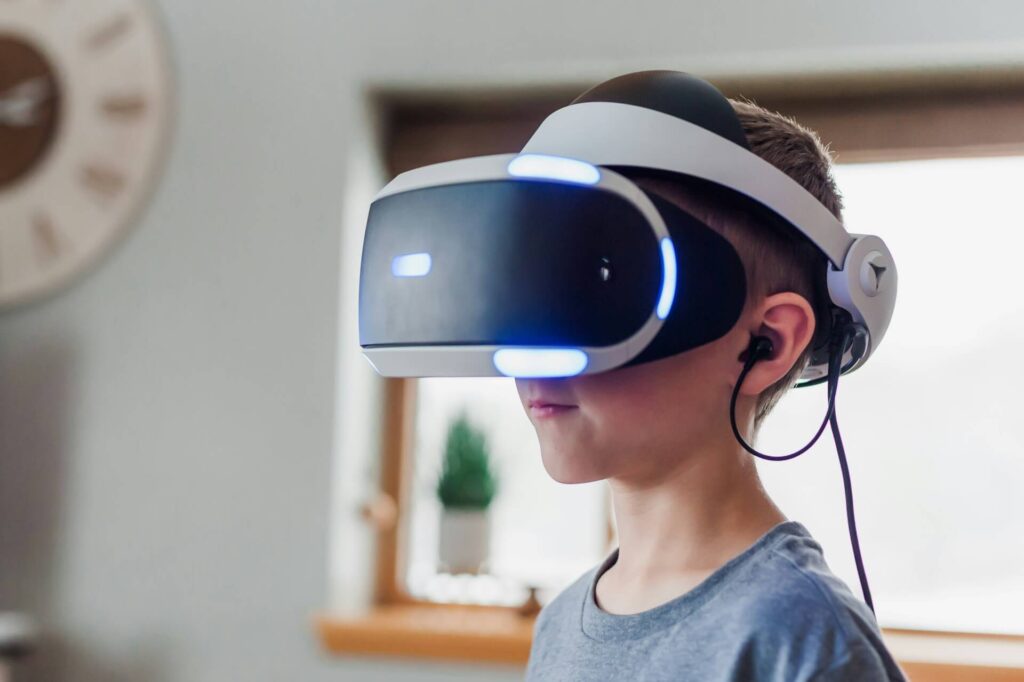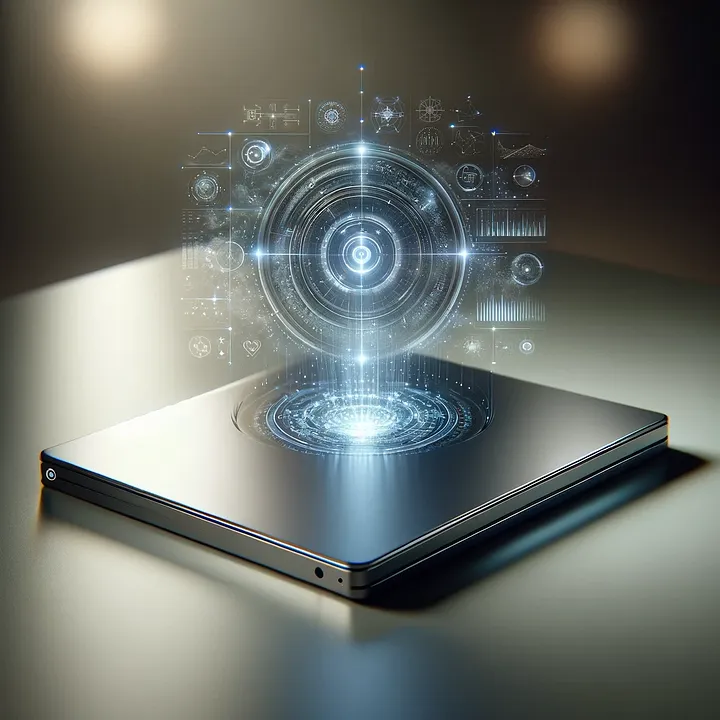Is the AR/VR/MR/XR market ready to rumble? With Apple reportedly having received over 150,000 orders for the Vision Pro and Qualcomm’s announcement of the Snapdragon XR2+ Gen 2 with Samsung and Google at CES, it is certainly beginning to stir. If only we could get rid of all the acronyms and elongated product names, and it might really be on a tear. Perhaps spatial computing, the term Apple has adopted for the category, will help with that.
As some commentators have already noted, the launch of the Apple Vision Pro will likely drive overall demand for spatial computing devices by injecting new energy into the category and showing consumers and business users the new applications use cases that the technology makes possible.
This in turn could spur device makers and the developer community to create new applications and experiences not just for consumers but also across vertical segments such as training, education, sports, retail, healthcare, and financial services.
The potential for growth in the market is huge, but there are still many challenges that need to be overcome before spatial computing hits the mainstream. Content and software libraries need to mature and diversify to attract more consumers and commercial users. Cost and accessibility also remain concerns, and widespread adoption requires headsets to become lighter and more user-friendly.
Overall, the spatial computing market shows promising signs of life. The Apple Vision Pro and new Qualcomm platform are potential catalysts, but the industry needs to bridge the gap between hype and reality by streamlining terminology, focusing on user-centric experiences, and fostering robust content ecosystems. If these hurdles are overcome, then spatial computing might just begin to take off.
Long time technology industry fan here in Taiwan.



